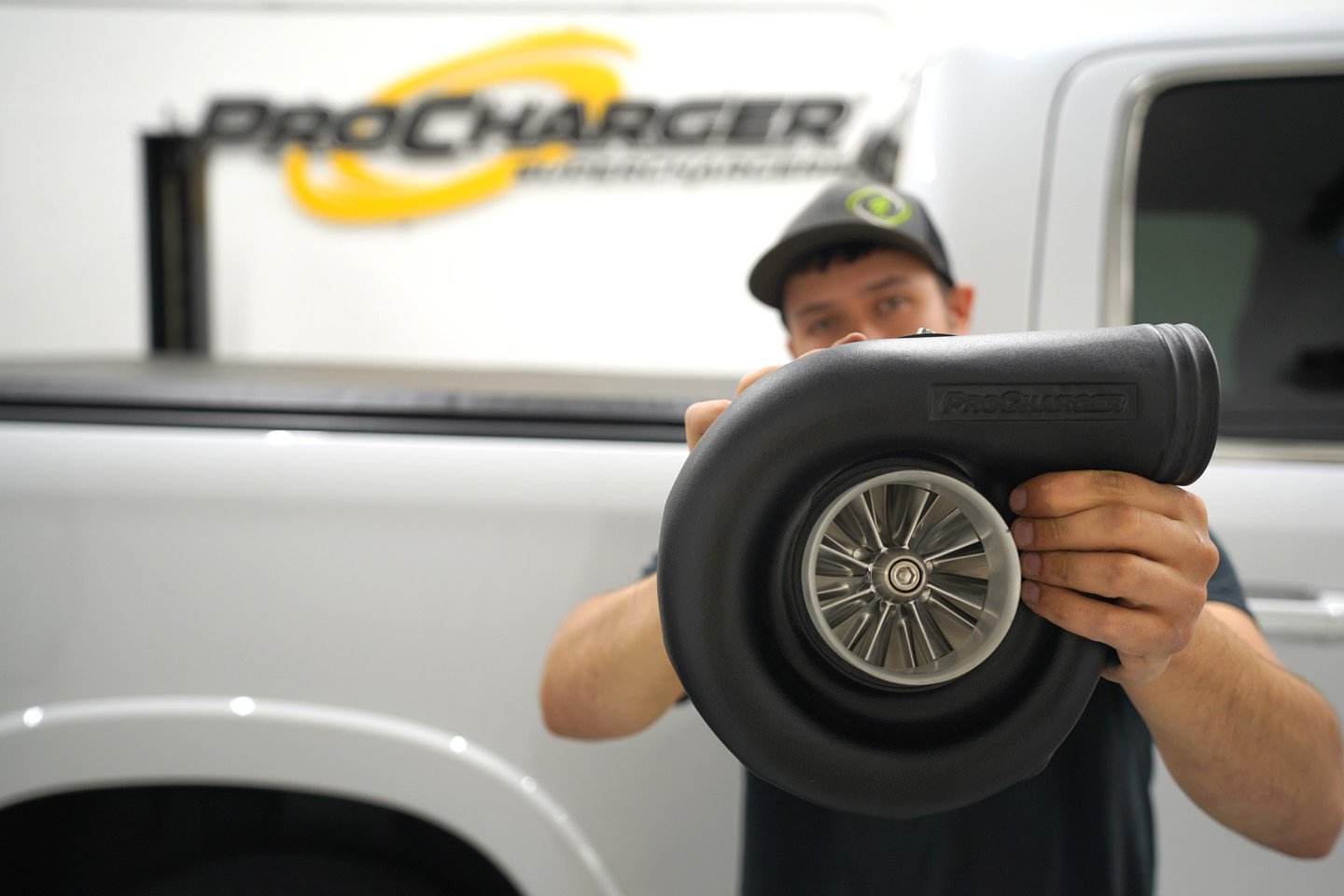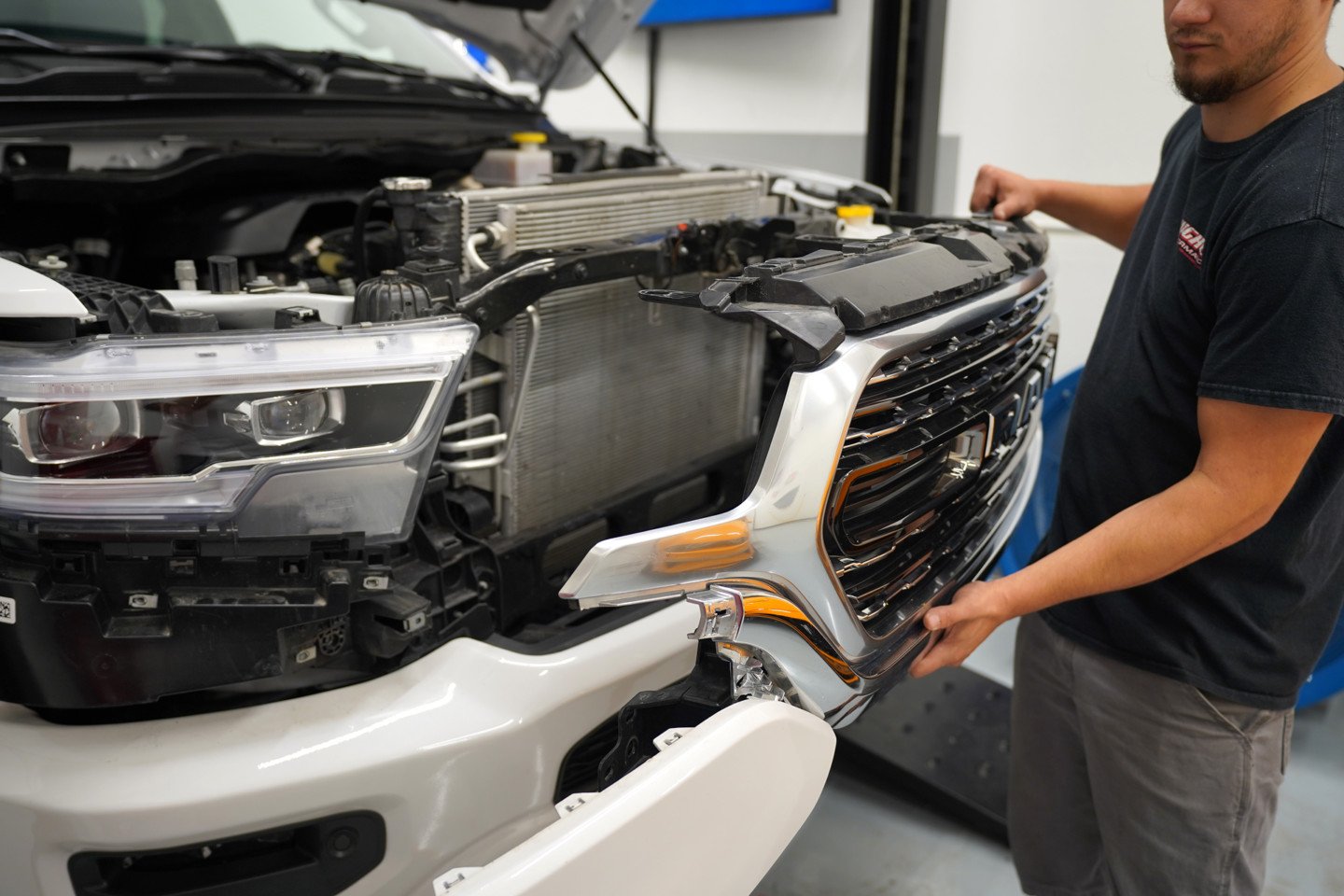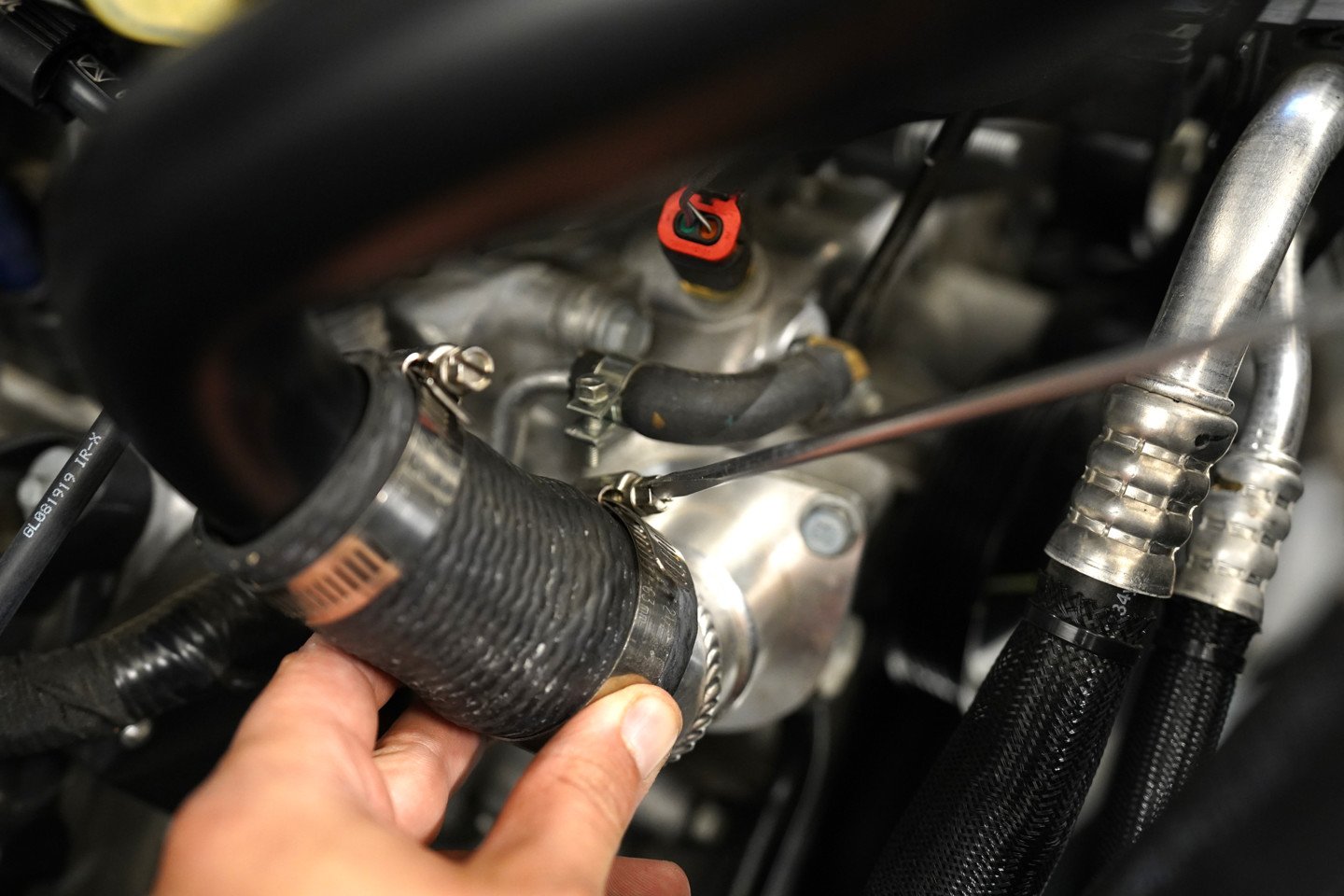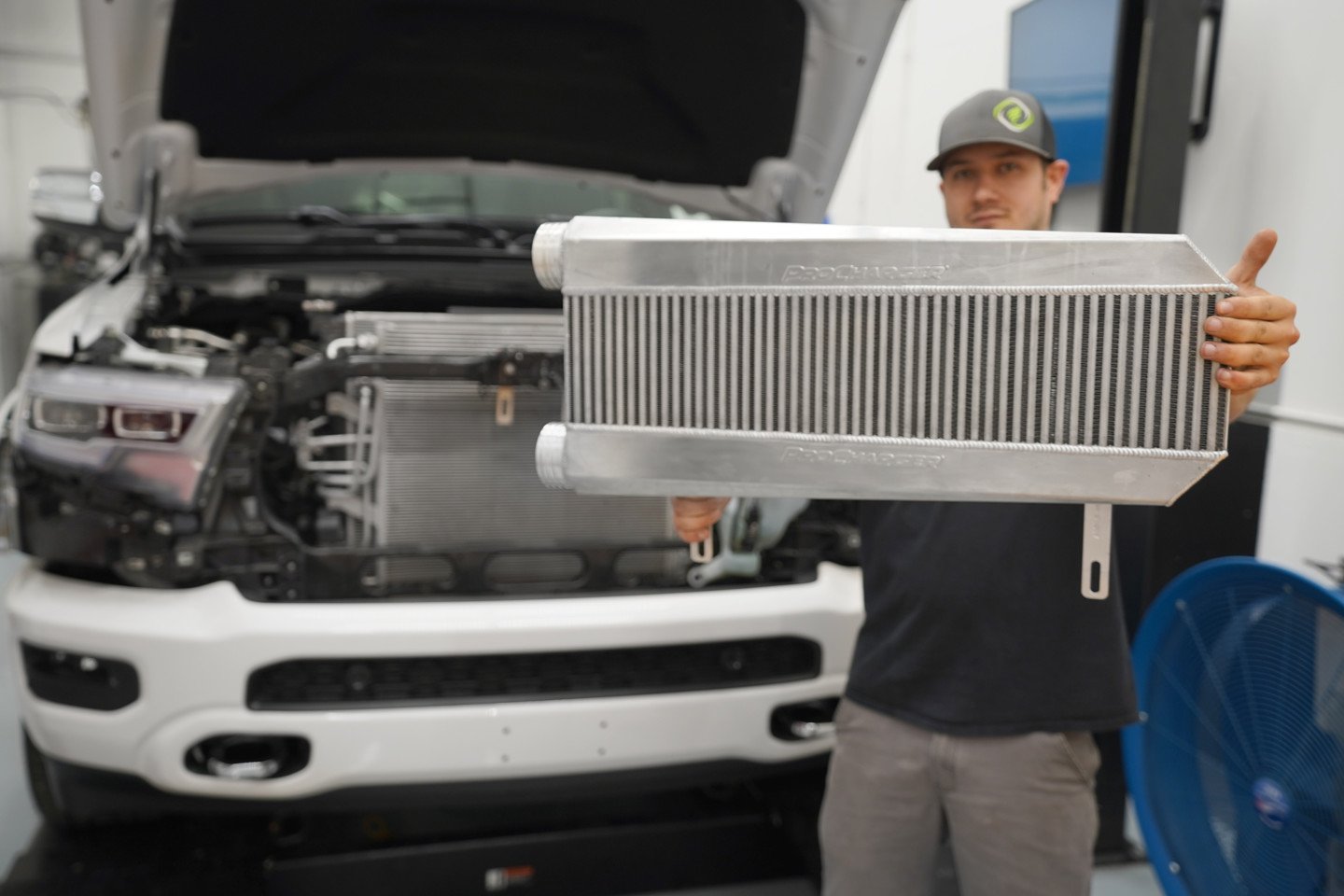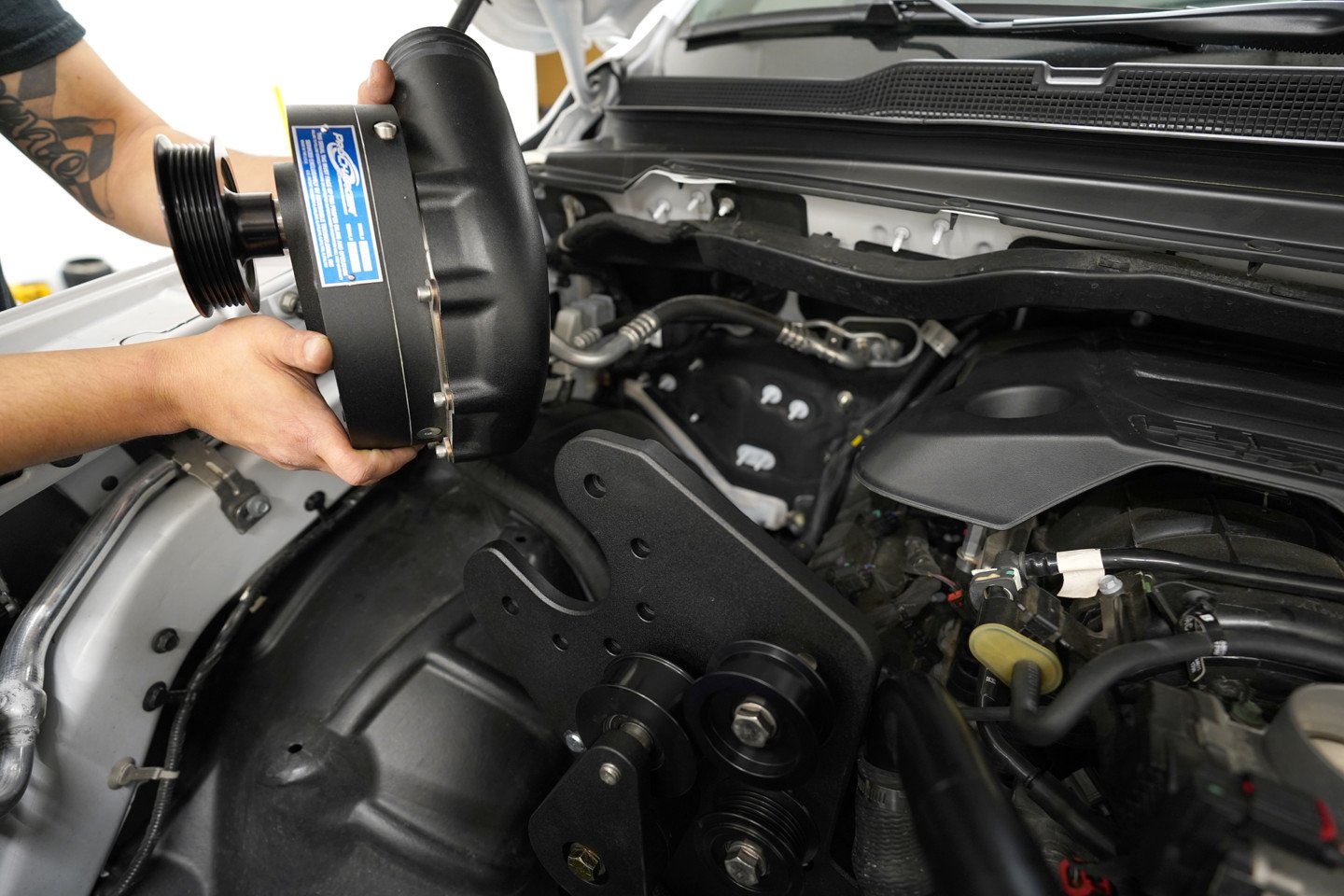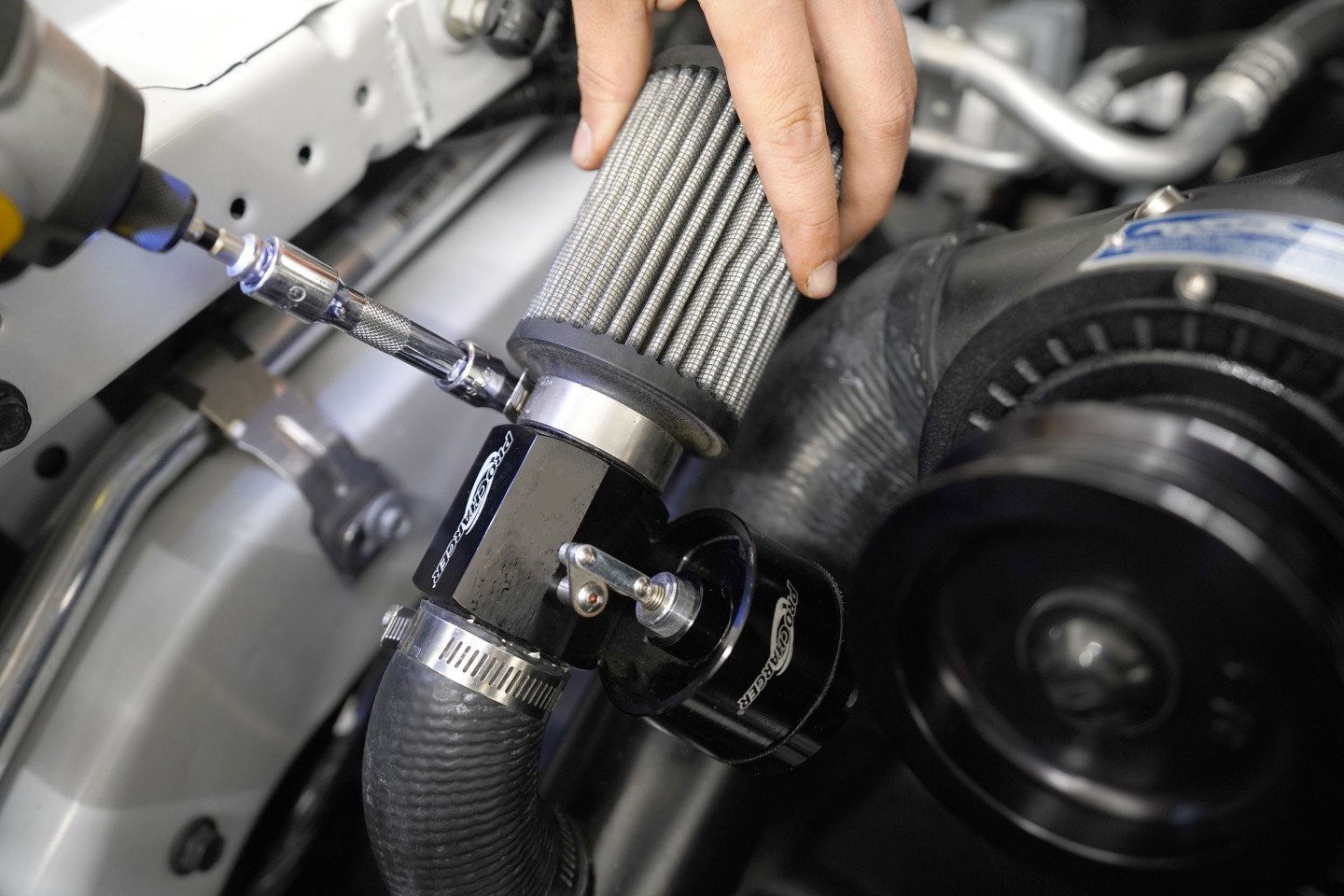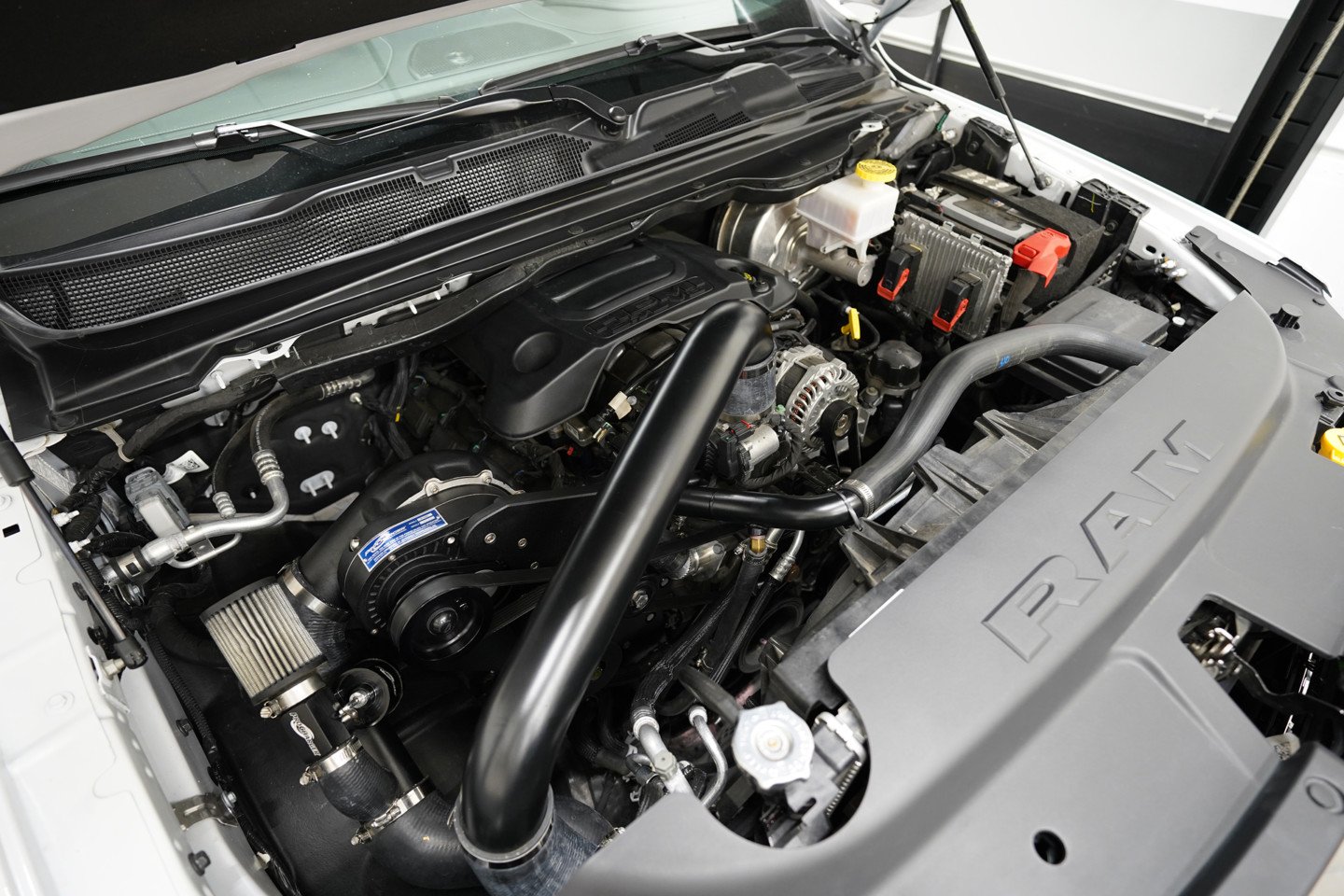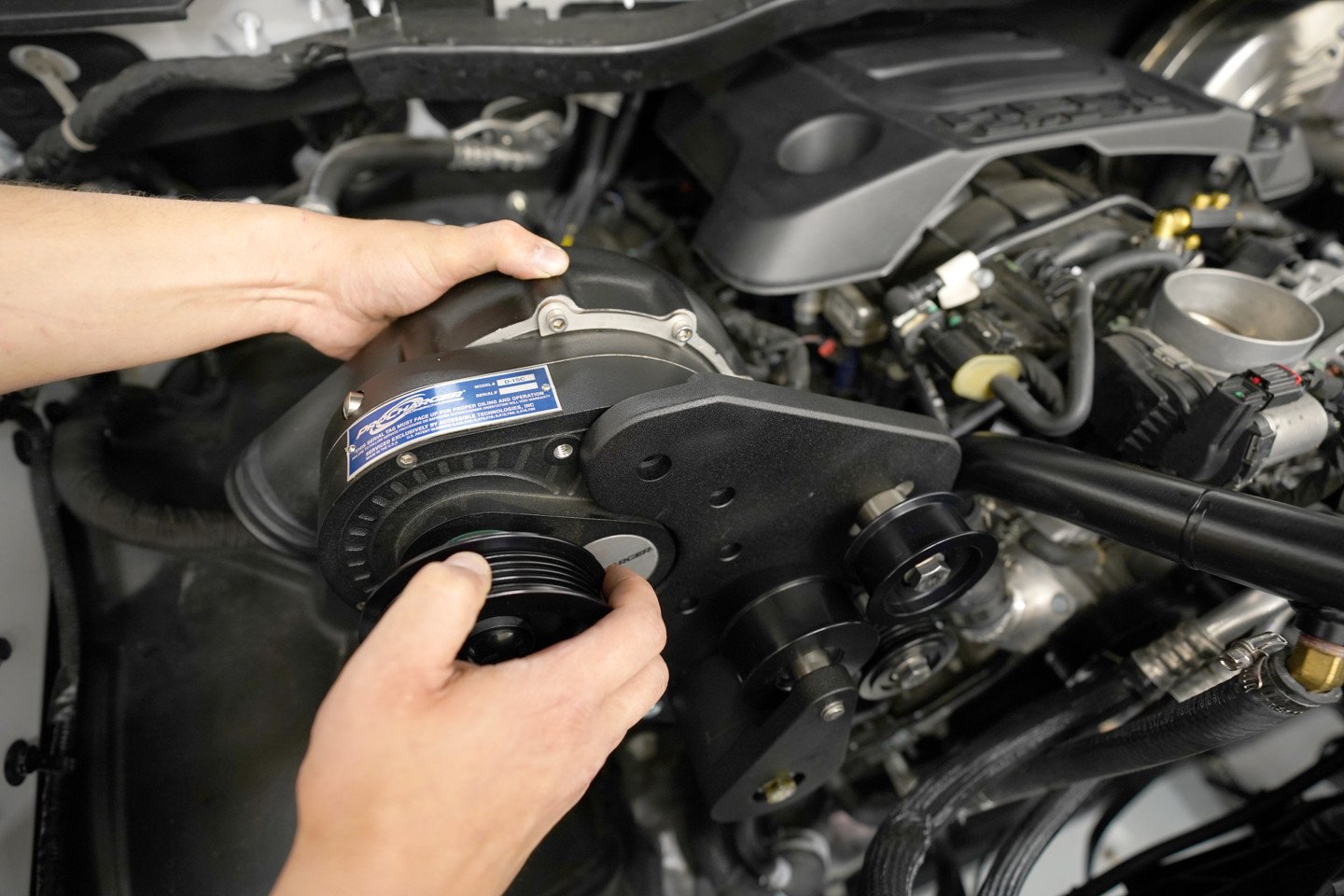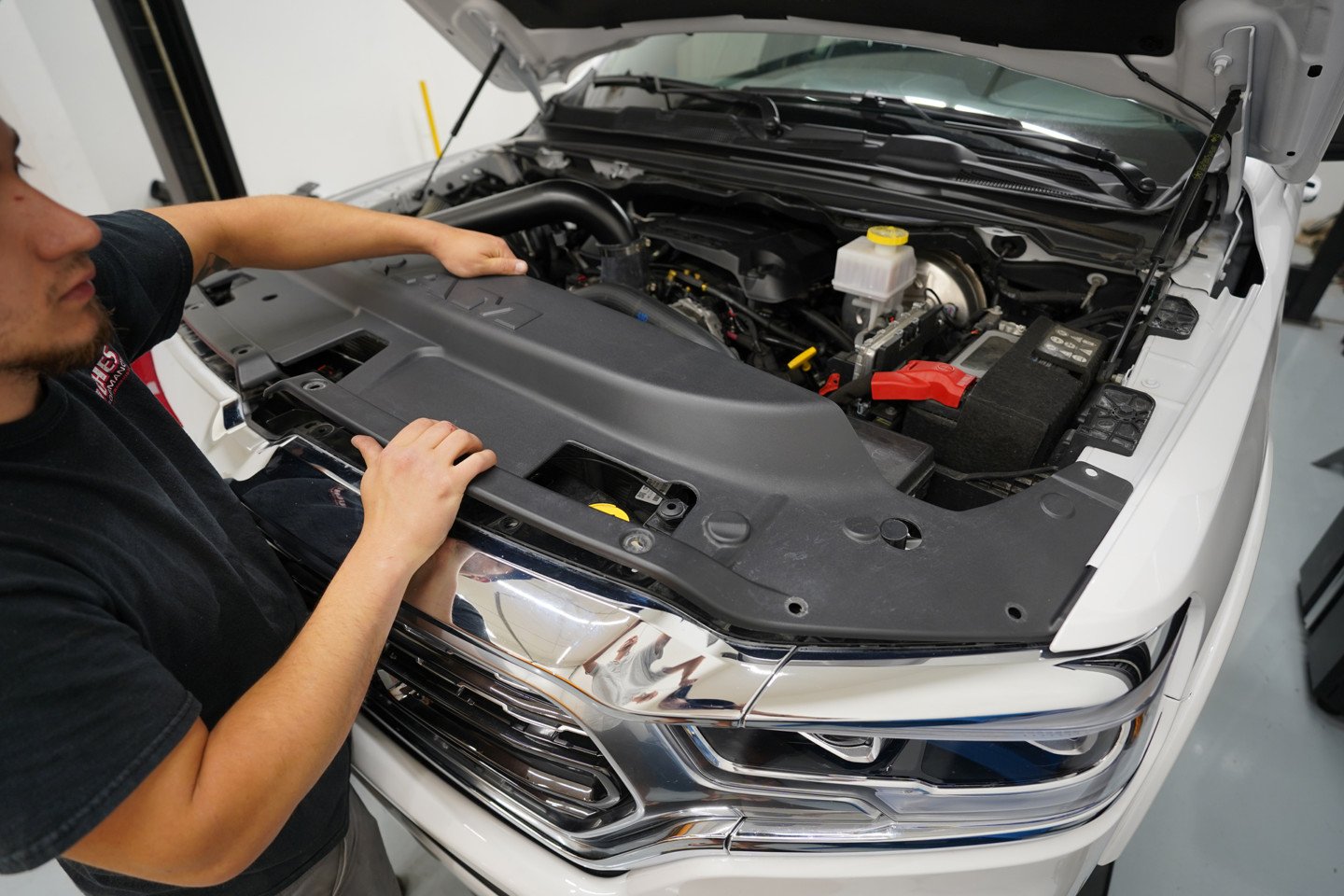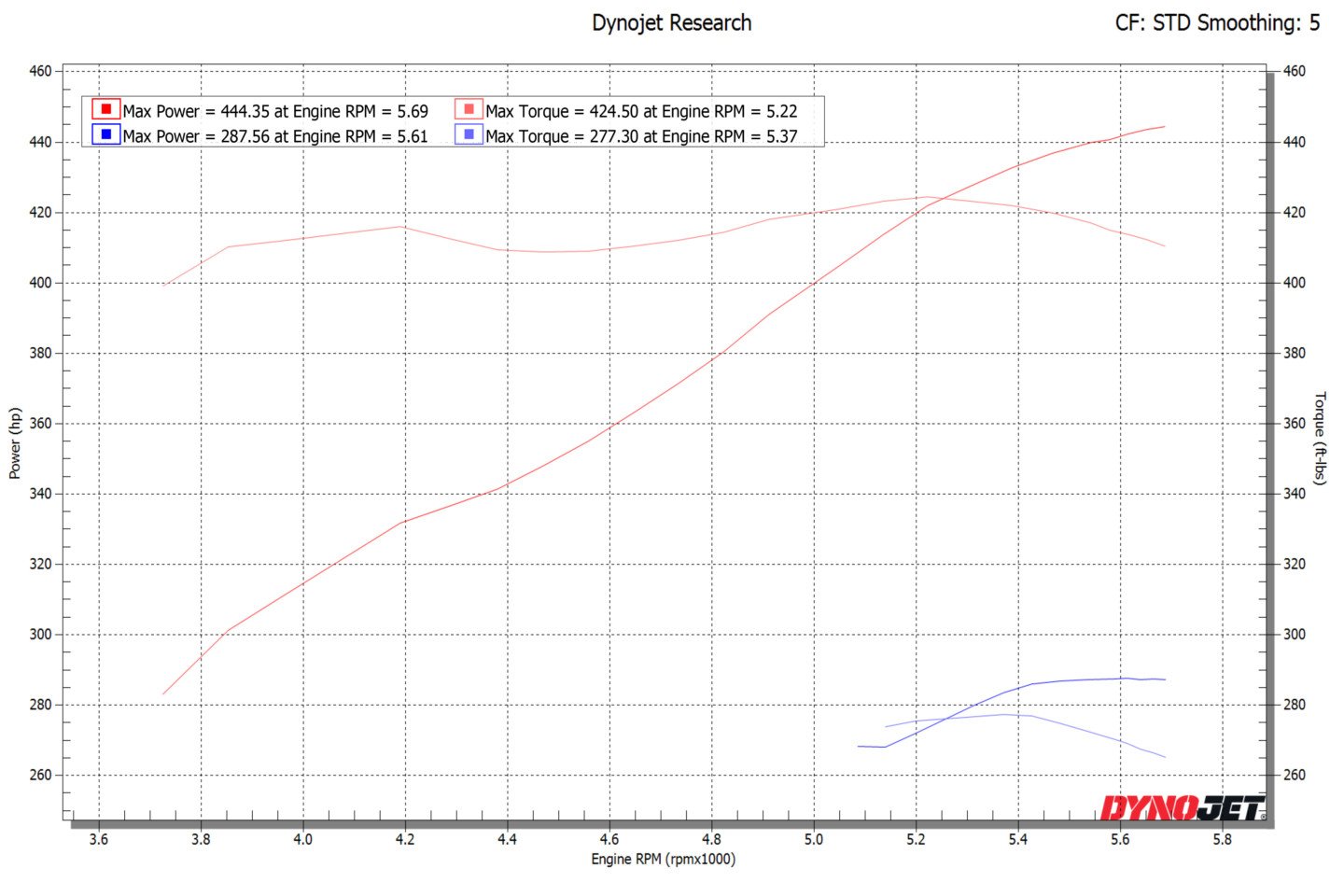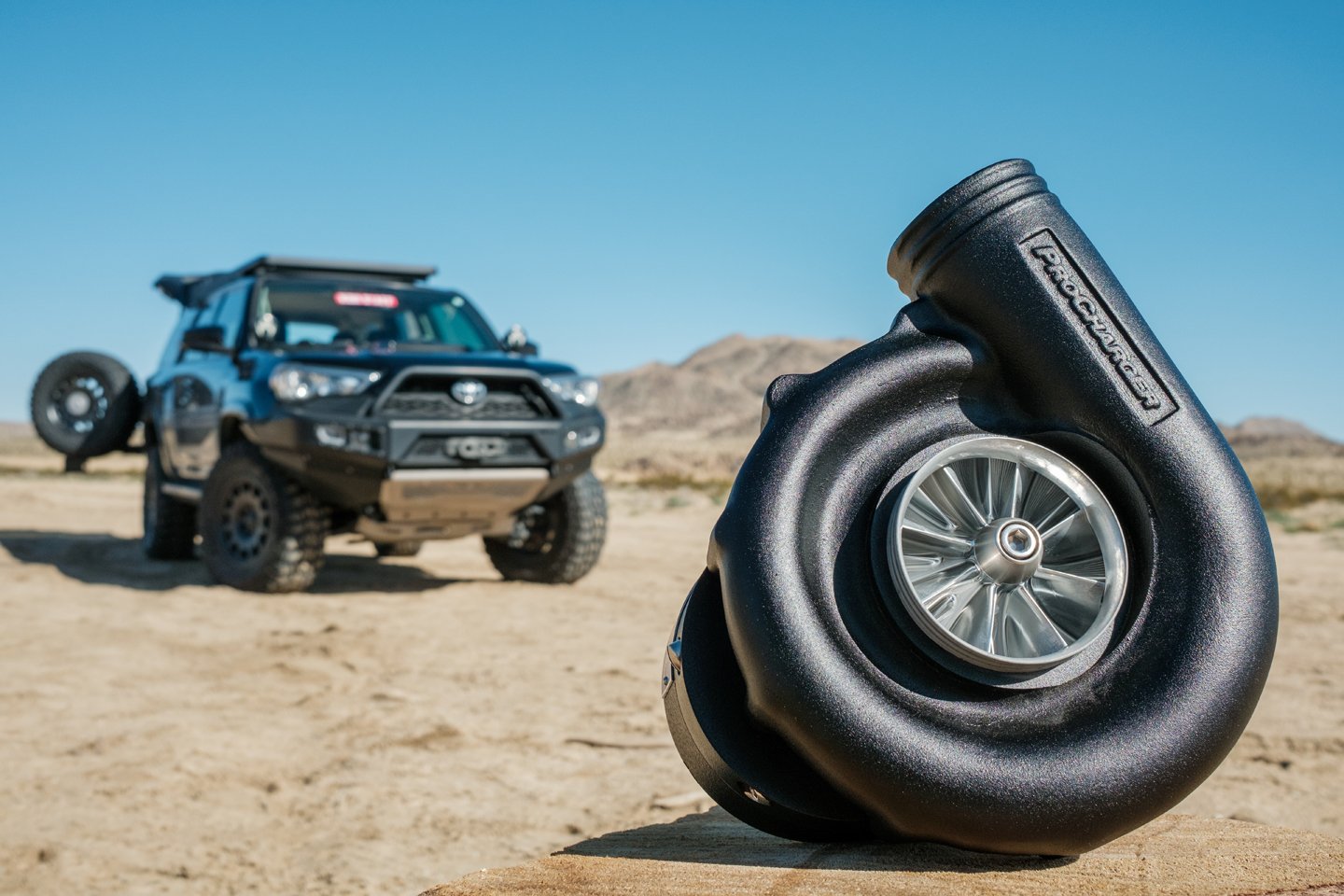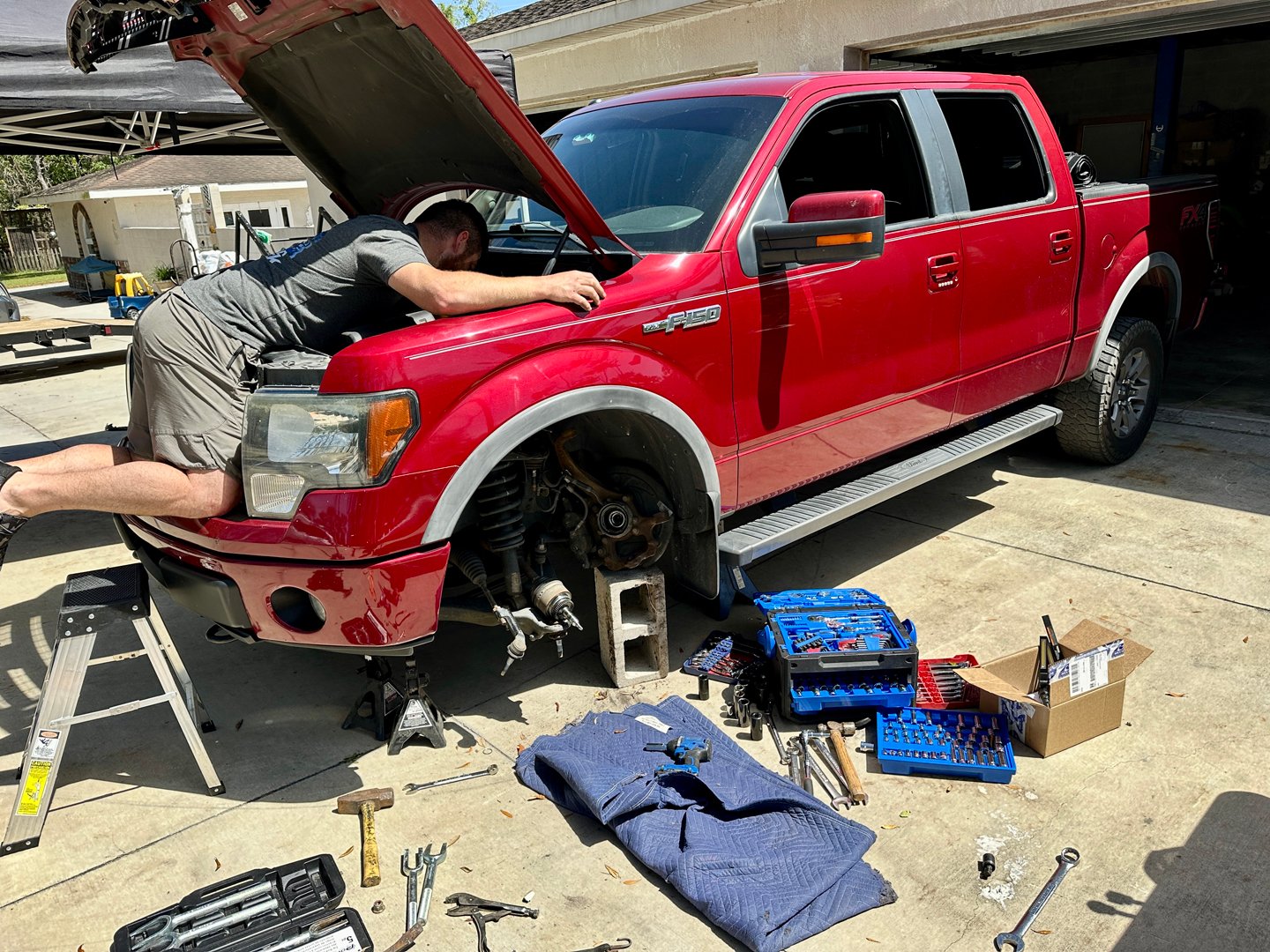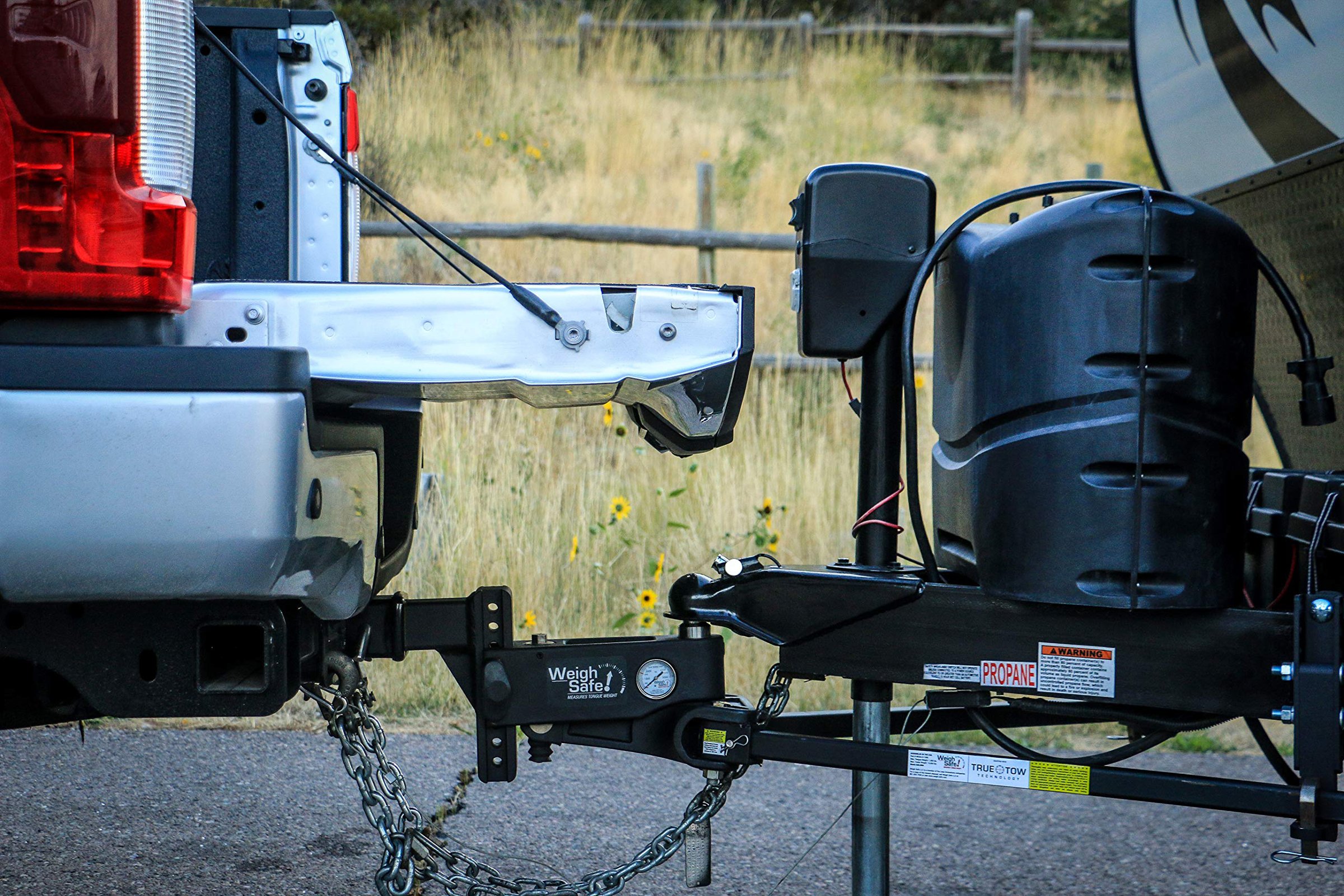If you are anything like us here at Off Road Xtreme, the first thing you do to a new truck is start looking for upgrades and accessories. Part of that might include performance and power add-ons. When you are like Matt Nigro, who owns a 742-horsepower 2006 Pontiac GTO and a 730-horsepower 2006 Chevrolet TrailBlazer SS, both vehicles being ProCharger-equipped, naturally he wanted to get his new truck making some decent power too.
Matt got himself a new 2020 Ram 1500 and went back to ProCharger to see what his options were. ProCharger had four options listed for this vehicle application and recommended their High-Output Intercooled Ram 1500 ProCharger System for his 2020 year model.
Why A Ram 1500 ProCharger Kit?
The 2019 and up Ram 1500 5.7 liter V8 is advertised to garner around 287 horsepower at 5600 RPM. With the ProCharger 5.7L High Output Intercooled System with D-1SC (Part # 1DP314-SCI), this kit can add as much as 7 PSI of boost and 140+ horsepower.
There are plenty of options out there when it comes to pumping up performance and horsepower. Some are custom, some are expensive, some are, well, just gimmicks. For most D.I.Y. enthusiast, it comes down to ease of installation combined with value for performance. The greatest advantage a ProCharger centrifugal supercharger system has over a “blower” or turbocharger is that anyone with a few basic tools can install a kit on their vehicle. In this example, it does not require the removal of the intake or exhaust manifolds for installation. Some drilling, trimming, and special parts installed, all of which is supplied by ProCharger in the kit.
Since this job does require drilling into the crank pulley and crankshaft, we are not recommending this installation for a novice. Off Road Xtreme advises three out of five wrenches in a difficulty scale and to be performed by a semi-experienced enthusiast.
The ProCharger kit includes a high-speed steel bit, drilling guide, a washer, and an M14x120mm bolt. Besides carefully reading the instructions in complete detail before beginning, you still need to monitor what you’re doing. You will only be drilling 1-5/8-inch from the drill tip as this will be the specified depth required to drill down into the crankshaft measuring about 0.800-inch.
The reason for this drilling is to install a stainless-steel dowel that will pin the crank pulley to the crankshaft via a 1/4-inch by 3/4-inch-long dowel. Though, you will do this after removing the bolt and guide rather than cleaning any drill chips left in the hole. Once the pin is installed, you can reinstall the stock crankshaft pulley bolt to 129 ft-lbs.
Relocations Made Easy
You will also install a new, supplied 45-degree thermostat housing and a rubber radiator hose reducer. The upper radiator hose needs to be trimmed down to 22-inches from the radiator outlet with the rest discarded. Between the reducer and trimmed hose will be a coolant transfer tube with a 5/8-inch, 45-degree barb for the hose-end that was attached to the thermostat housing. This is all done to make room for the intercooler piping and charge tubing into the intake.
Intercoolers and Anti-Surge
That intercooler is another key aspect of this kit. Supercharged air heats up as it’s “shoved” into the intake. The intercooler – in this kit, an air-to-air version – allows more power since the air will be denser when it’s cooler. The air-to-air option is simple and effective. The system design cools the air charge down without any complexity of water systems, pumps, wiring, or relays. Like many OEMs that use forced induction, the simple method works best for long duration use such as this Ram along with most vehicles.
The other key ingredient to this kit is the fact that a ProCharger supercharger is self-oiled and does not require tapping into the vehicle’s oiling system. Again, this reduces complexity and cost and the reason why ProCharger kits are easily installed.
Why Is Surge A Problem?
The inclusion of an anti-surge system, known as a blow-off valve in the turbocharging world, is also a great little marvel. Much like a turbocharger, the ProCharger centrifugal supercharger is ahead of the throttle body. When you snap the throttle shut, air will continue to be forced in. This happens because the throttle body does not control how much air the supercharger is receiving. This can result in a charge tube or compressor failure. Any excess pressure might likely blow the hoses off their clamps or split them open along with compressor damage.
Finally, the last advantage to the ProCharger 2019 and up Ram 1500 kit is that it comes with new injectors in the standard kit. The upgraded full kit comes with a tuner to change the settings in the Engine Controller Unit (ECU) and a two-bar Manifold Absolute Pressure (MAP) sensor to detect the increased air in the intake. The new injectors are larger in both physical size and in their flow rate. Fortunately, the ProCharger kit comes with spacers to allow their fitment to the stock fuel rail. The MAP sensor, however, does not require any adapters to fit and installs where the OE sensor was located.
What Is Boost?
Both are required as the amount of air going into the engine has increased. The stock sensor is not designed for anything more than standard atmospheric pressure (14.5-PSI). Subsequently, that is why it is called boost. It is air on top of the atmospheric pressure of where you are located. While boost is always positive and your gauge will always read the same amount of boost no matter your altitude, the amount of air differs as the elevation changes. Higher altitude has less barometric pressure, while sea-level and below is higher. You are literally piling on more air as you go lower. It is also why boost is not necessarily a good gauge in the power you are making.
What Does The Owner Think Of His Ram 1500 ProCharger?
However, your ultimate question is probably this: is installing this kit worth the money and time it will take? Here is what owner Matt Nigro had to say after installing this kit and now owning three ProCharger kits. “It is the drivability and bang for the buck,” he told us, “There is nothing like it. It is the only power adder I have ever been fully satisfied with.”
Before and after the ProCharger system installation was completed, the truck was run on a chassis dyno. Below, we can see the side by side before and after dyno chart comparison. The vehicle baseline peak horsepower was charted at just under 290-horsepower and nearly 280 ft-lbs. of torque in stock form. This is indicated in blue. After the ProCharger supercharger, the truck was measuring over 444-horse power and 424-torque numbers at similar RPM.
What our Off Road Xtreme readers should know after looking at this data, is the current generation Ram trucks, technically, will not hold a gear with the pedal to the floor. These new trucks automatically downshift to bring the engine to the maximum available power and torque. The data clipped and presented was a snapshot of when the truck was holding the gear.
This truck was fueled with 93 octane and resulted in an awesome 157 horsepower on the DynoJet dyno.
Director of Communications / Social Media / Calibrations for ProCharger, Erik Radzins commented on the data to help clarify, “The Dyno Chart is a direct comparison scenario, but we were able to modify the system’s tune file to get the truck to hold the gear just a little longer. This makes for a longer graph, but otherwise the same scenario. The jump to 444-horsepower increase, when using a good quality premium pump gas, is right in line with our claims of 140+ horsepower increase.
The dyno graph does certainly show the improvements in power and torque. What is it like to drive his 2020 Dodge Ram 1500 with a ProCharger kit after installing it, though? “This system has made my truck exactly what I wanted it to be,” Nigro stated. “It gives me the power when I need it without any sacrifice. It is literally perfect for what I want.”
See all of the installation images in the gallery provided below. If you’re interested in getting your own ProCharger kit or seeing if one is available for your vehicle, check out ProCharager.com.

